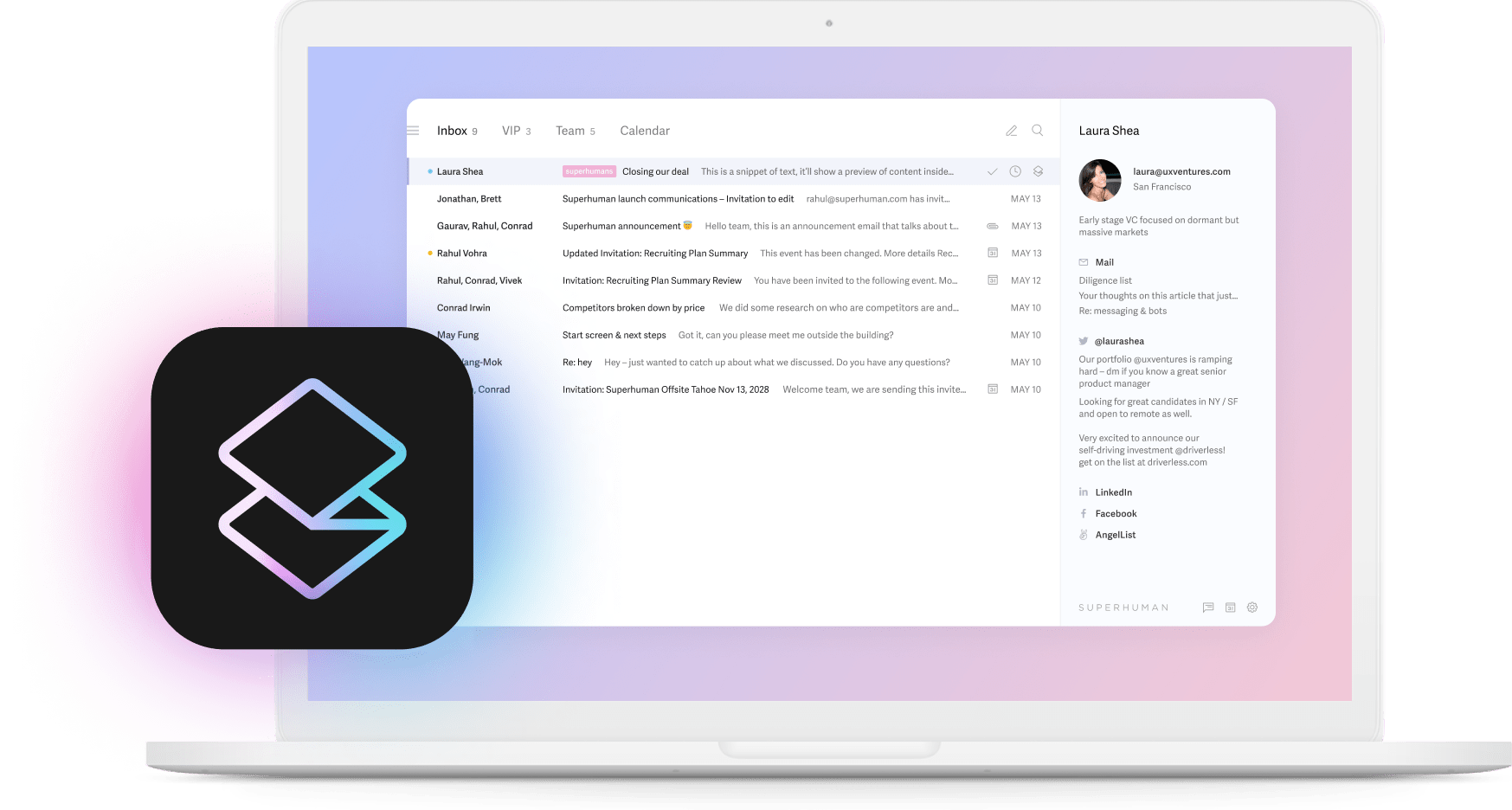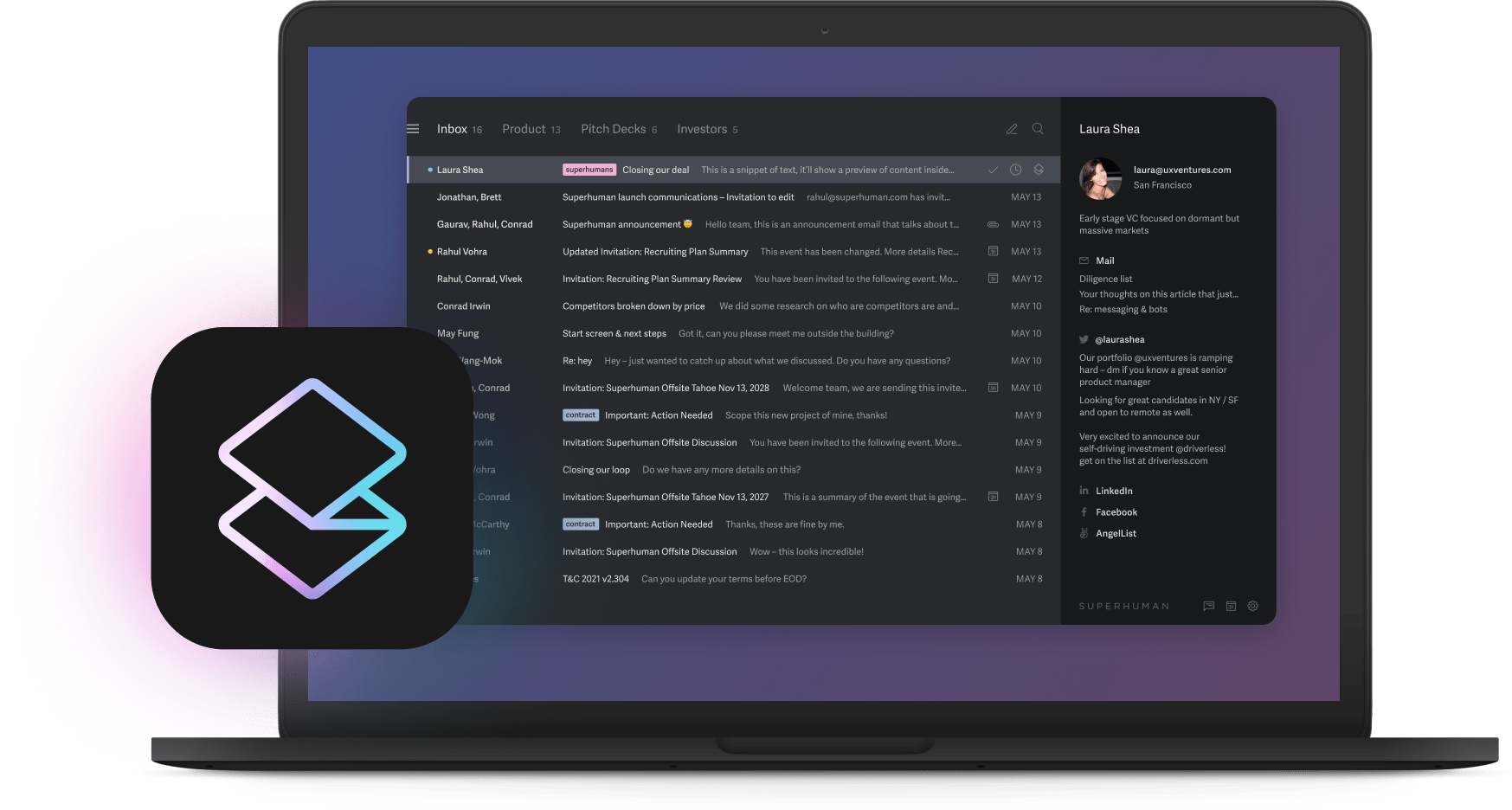
Every company has a graveyard of automation projects that worked perfectly in demos and failed spectacularly in real life. The problem was always the same: real work is messy, but automation systems needed everything to be perfectly predictable. Intelligent process automation finally handles the unpredictable parts. The market is projected to reach $34.43 billion by 2029 because companies are tired of automation that breaks the moment anything changes.
This guide walks through how IPA actually works, what companies are doing with it in customer service, finance, and manufacturing, and the real results they're getting. You'll see specific examples, industry outcomes, and how smart organizations turn routine work into a competitive advantage without the usual automation headaches.
What is intelligent process automation?
You know how traditional automation is like that coworker who's incredibly efficient until you change one tiny thing, then they have a complete meltdown? IPA is different. It brings together several technologies to create something that can actually roll with the punches.
Think of old automation as following a recipe exactly. Miss one ingredient or change the order? Everything breaks. IPA is more like having a smart cook who can improvise when the grocery store is out of something. The technology mixes robotic process automation (which handles the basic tasks), AI and machine learning (which add the actual thinking), process mining (which figures out how work really gets done), optical character recognition (which turns your messy documents into usable data), and analytics (which make sure everything keeps getting better).
You might hear this called hyper-automation, intelligent automation, or digital process automation. Different names, same basic idea: automation that can think. Workflows have evolved from paper-shuffling days to digital tools that handle complex decision-making.
Here's the thing that makes IPA different from all those automation projects collecting dust in your IT closet. Old automation demanded perfect conditions. Every email had to have the exact same subject line format. Every form had to be filled out identically. Every process had to follow the exact same steps every single time. Real work doesn't happen that way, and that's why your last automation project probably died a slow, expensive death.
IPA actually handles the chaos of how businesses really operate. It's designed for the world where customers send you PDFs instead of filling out your nice online form, where urgent requests come in at 4:47 PM on Friday, and where "following the process" sometimes means breaking the process to get things done.
Key benefits and core technologies
What you actually get from intelligent automation
Here's what happens when you stop fighting reality and start working with it. Work gets done faster because automated processes complete tasks in minutes instead of hours, and the quality stays consistent every time. Speed improvements add up across entire operations, helping companies save significant time that accumulates throughout the day and enables teams to focus on higher-value work.
Your error rate drops dramatically. Automated systems don't get tired at 3 PM and start making typos. They don't misread handwriting or transpose numbers because they're thinking about dinner. This means fewer late nights fixing mistakes, fewer angry customer calls, and fewer of those "how did this happen?" meetings.
33% of businesses are already using generative AI to cut costs, while 12% use it to create new revenue streams. These applications enable more personalized interactions, faster response times, and round-the-clock service availability that doesn't require paying someone to work the night shift.
The strategic value comes from all the data generated by automated processes. Every workflow creates useful information about performance, bottlenecks, and ways to improve. This information drives better decisions and provides insights that help companies create effective workflows that stay ahead of competitors.
You can handle more work without hiring proportionally more people. Automation scales in ways humans can't. When your business doubles, your automated processes just hum along handling twice the volume while your competitors scramble to hire and train new staff.
The technology that makes it work
- Robotic Process Automation is your digital worker that never calls in sick. It handles repetitive tasks across different applications and systems, clicking buttons and entering data with the patience of a saint and the accuracy of a machine. RPA interacts with software the same way humans do, but it doesn't get bored or make mistakes at 4:55 PM on Friday.
- Artificial Intelligence and Machine Learning provide the brains of the operation. These technologies spot patterns in data that humans would miss, make predictions about what's likely to happen next, and get better at their job over time without anyone having to reprogram them for every possible scenario.
- Process Mining and Analytics are like having a consultant who actually knows what they're talking about. These tools map how work really gets done (not how the manual says it should get done), revealing the bottlenecks and inefficiencies that everyone knows exist but nobody can quite put their finger on.
- Optical Character Recognition and Intelligent Character Recognition turn your pile of paper documents and scanned PDFs into data the system can actually use. These technologies handle invoices, contracts, forms, and all the other document-heavy processes that traditionally meant someone had to type everything in by hand.
- Integration capabilities make sure everything plays nicely together. Modern IPA solutions work with your existing tech stack instead of forcing you to rip out systems that cost a fortune and actually work pretty well. You get the automation benefits without the disruption and complexity of starting over from scratch.
Real-world use cases and industry applications
Customer service automation
AI chatbots and automated inquiry handling change how companies handle customer questions by providing instant, accurate help while freeing human agents for complex situations that need empathy and creative problem-solving. These systems improve response times and enable more personalized interactions through behavioral analysis.
The AI doesn't just spit out canned responses. It understands context, remembers previous conversations, and can actually help customers instead of frustrating them with "I didn't understand that, please try again" loops that make everyone want to throw their phone across the room.
High-volume process automation
If you're processing tons of the same stuff over and over, this is where IPA really shines. Companies eliminate operational bottlenecks through streamlining repetitive tasks across multiple business functions:
- Supply chain coordination handles inventory tracking, shipping logistics, and order fulfillment with real-time visibility across your entire operation
- Financial processing manages invoice processing, payment reconciliation, and reporting that cuts processing time from days to hours
- Order management provides end-to-end automation from when someone clicks "buy" to when the package shows up at their door
Compliance and risk management
You know that sinking feeling when the auditors show up and ask for documentation? Automated monitoring systems continuously track regulatory compliance while creating permanent audit trails that actually make auditors happy instead of suspicious.
Risk management automation works in real-time, monitoring transactions, detecting fraud, and flagging suspicious activities before they turn into expensive problems. Machine learning algorithms spot patterns that humans miss, protecting you from financial and reputational damage while maintaining consistent standards even when everyone's swamped.
Complex workflow automation
Some industries live and breathe document-heavy processes that traditionally required an army of people to coordinate across multiple systems and approval stages. End-to-end automation handles these workflows without human intervention.
Take insurance claims processing. The old way: customer files claim, someone reviews it, checks coverage, assesses damage (maybe sends an adjuster), calculates settlement, gets approvals, cuts check. Takes weeks, involves multiple handoffs, creates opportunities for things to fall through cracks. The IPA way: automated intake, instant coverage verification, AI-powered damage assessment through photos, automatic settlement calculation, digital approval workflow, immediate payment processing. Hours instead of weeks, with better documentation and fewer mistakes.
Healthcare administration works similarly. Patient enrollment, appointment scheduling, insurance verification, billing coordination - all the administrative stuff that keeps medical professionals from actually practicing medicine gets handled automatically while improving accuracy and reducing the paperwork burden that's driving doctors crazy.
Try SuperhumanImpact on real-world industries
Service industry transformation
The service industry gets measurable improvements through intelligent automation that enhances customer experience while cutting operational costs. AI chatbots, automated support, and inquiry handling enable faster, more personalized customer service with 24/7 availability that doesn't require paying overtime or hiring night shift workers.
What actually happens:
- Customer wait times drop from hours to minutes because the system can handle multiple conversations simultaneously
- Agent productivity increases through automated case routing and data entry, so your human staff can focus on problems that actually need human judgment
- Customer satisfaction scores improve through consistent, accurate responses that don't depend on whether the rep had a good breakfast
- Significant cost reductions in customer service operations without sacrificing quality
Finance industry optimization
Financial services realize operational improvements through strategic automation deployment. Automated billing, compliance, and risk management streamline operations while delivering measurable business results that show up on the bottom line.
Advanced monitoring systems provide real-time transaction analysis, reducing fraud detection time from days to minutes. Instead of discovering problems in monthly reports, you catch them as they happen. Automated accounts payable processing achieves high straight-through processing rates, eliminating manual intervention for routine transactions that used to require someone to review, approve, and execute every single payment.
Regulatory reporting automation ensures timely compliance submissions while substantially reducing preparation time. Those quarterly reports that used to consume your entire accounting team for a week? Now they generate automatically with better accuracy and less stress.
Manufacturing excellence
Manufacturing operations experience efficiency gains through intelligent automation across production, quality control, and supply chain management. Process automation, quality control, and supply chain optimization improve efficiency with measurable impact on performance that shareholders actually notice.
Measurable manufacturing outcomes:
- Substantial production efficiency increases through automated workflow coordination that prevents bottlenecks before they happen
- Significant quality defect reduction via AI-powered inspection systems that catch problems human eyes miss
- Lower inventory carrying costs through optimized procurement that orders exactly what you need, when you need it
- Supply chain disruption response time improved from days to hours, turning potential disasters into minor hiccups
The bottom line
Intelligent process automation works because it solves the real problem with automation: inflexibility. The old automation broke whenever anything changed, but IPA adapts to how work actually gets done.
The biggest wins come from automating the boring stuff that requires just enough thinking to slow people down. That's the sweet spot where humans are overqualified but traditional automation falls short. AI systems that handle routine tasks free up teams from that middle ground, and they can focus on work that actually moves the business forward.





